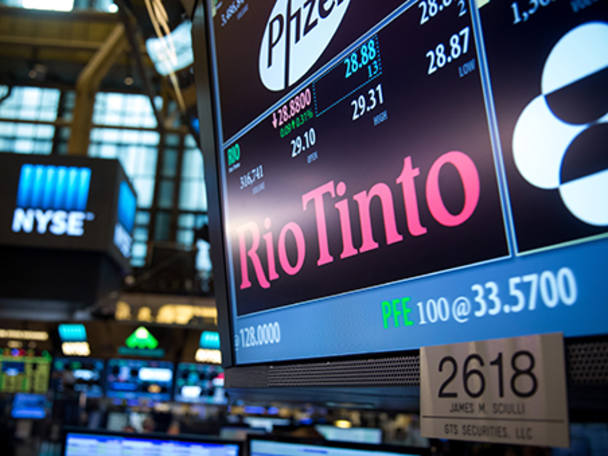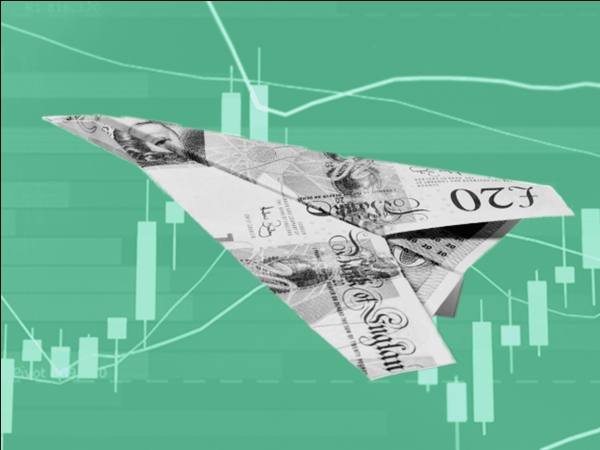A trite observation this may sound, but investors should judge miners on their metals this year. While all commodities ships rose with the tide in 2016, it’s worth remembering that this was from a seabed so desiccated that at one point investors were placing existential question marks next to Anglo American (AAL) and Glencore (GLEN). Conversely, in 2017 we think it’s a lot less likely that the major industrial commodities, and the companies that mine them, will move in tandem. That’s because iron ore and coal account for an outsized proportion of the earnings of London’s major diversified miners, and their enormous price rallies last year are looking precarious.
Take the iron ore price, which many argue has disconnected from fundamentals. This year started with prices nudging $80 (£66) a tonne, double the lows seen at the start of 2016. Yet the murmurings from Australia are hardly positive, and government forecasts, chiming with the expectations of both Rio Tinto (RIO) and BHP Billiton (BLT), are bleak. This year, according to Australia’s Department of Industry, Innovation and Science, a metric tonne should average just under $52, falling to $47 in 2018, as Chinese speculation and a temporary rise in steel output tails off.
As we have previously argued, last year’s bounce looks likely to be the temporary spasm of a market for which the only cure is the threshing that years of low prices would bring. Of course, the companies that account for the bulk of supply – Rio and BHP – also have the lowest costs, but we doubt their iron ore divisions can maintain current earnings levels. Depending on the fluctuations in gradually slowing Chinese demand, some sort of rebalancing isn’t expected for a couple of years, by which point the long trail of cancelled projects will start to be felt.
This is the inflection point that appears to be taking place in the copper market, which rallied spectacularly at the end of last year on the possibly misguided hopes that US demand for the metal would surge under an infrastructure-friendly regime. On that basis alone, a 20 per cent rise in the copper price wasn’t justified. A 10 per cent surge in American copper consumption – an assumption predicated on further expansion in the country’s fiscal deficit – is easily cancelled out by a small drop in Chinese demand. But this improvement in short-term sentiment may have masked the underlying dynamic: tightening supply caused by stalled projects, stock drawdowns and the decades-long decline in grades.
All of which suggests Anglo’s strategic shift to scale back all industrial metal exposure to copper was prescient, even if its saviours in 2016 were coal and iron ore. Of the other diversified miners, Glencore and to a lesser extent BHP should continue to benefit from any copper price appreciation. Glencore, which following the completion of its divestment programme has signalled its intention to pay a $1bn dividend this year, could also profit from tightening conditions in the zinc market. Analysts at Macquarie think the metal should be the top performer in 2017, before a re-emergence in shuttered supply starts to curtail prices in 12 months’ time.
If there is one lesson from 2016, however, it is that for all their volatility it does pay to have some exposure to commodities stocks. The sector, a woeful underperformer for most of the decade so far, was by far the strongest corner of equities markets last year, and should benefit from the inflationary effect many are expecting of the Trump presidency from 2017 onwards. By the end of the year, following China’s Nineteenth National Congress, we should also have a clearer view of the likely length and force of the next leg of the commodities cycle, and the role of the People’s Republic within it.
| Price (p) | Market value (£m) | PE (x) | Yield (%) | 1-year change (%) | Last IC view | |
| Anglo American | 1,343 | 18,832 | 25.9 | 0.0 | 477.3 | Hold, 1,083p, 27 Oct 2016 |
| Antofagasta | 747 | 7,364 | 17.3 | 0.3 | 113.4 | Buy, 725p, 29 Nov 2016 |
| BHP Billiton | 1,455 | 30,705 | 82.7 | 1.2 | 139.0 | Hold, 1,027p, 16 Aug 2016 |
| Evraz | 229 | 3,252 | NA | 0.0 | 291.3 | Hold, 216p, 12 Jan 2017 |
| Ferrexpo | 133 | 780 | 7.3 | 0.0 | 597.4 | Sell, 55p, 5 Aug 2016 |
| Glencore | 318 | 45,746 | 44.2 | 0.0 | 322.9 | Hold, 183p, 24 Aug 2016 |
| Kaz Minerals | 417 | 1,863 | NA | 0.0 | 375.2 | Buy, 183p, 22 Aug 2016 |
| Petra Diamonds | 160 | 848 | 21.4 | 0.0 | 110.5 | Buy, 115p, 20 Sep 2016 |
| Rio Tinto | 3,499 | 48,105 | 17.5 | 3.1 | 114.3 | Hold, 2,938p, 9 Nov 2016 |
| Vedanta Resources | 1,024 | 2,837 | NA | 3.9 | 397.6 | Hold, 802p, 11 Nov 2016 |
Favourites: We’re nailing our colours to the mast this year, and that colour is copper. And we believe one of the best ways to get exposure to this tightening market is through KAZ Minerals (KAZ), which has been ramping up production at its Bozshakol and Bozymchak mines, generating cash and now expects first production of saleable copper concentrate from its Aktogay sulphide ore deposit before April. As gross cash costs were expected to be around $2.10 per pound in 2016, the Kazakhstan-based group is a somewhat leveraged play on any additional rise in the copper price. Even if that doesn’t happen, plans to start paying down debts should be good for the capital structure – and the share price.
Outsiders: There’s a lot to like about Ferrexpo (FXPO), a producer and supplier of high-grade blast-furnace iron ore pellets to credit-approved steel manufacturers. Unfortunately, the balance sheet hasn’t been a bright spot, owing to high debts and a cash wipeout caused by the liquidation of its Ukrainian bank. The good news is that record sales, low costs and strong prices have led to excellent cash generation.








